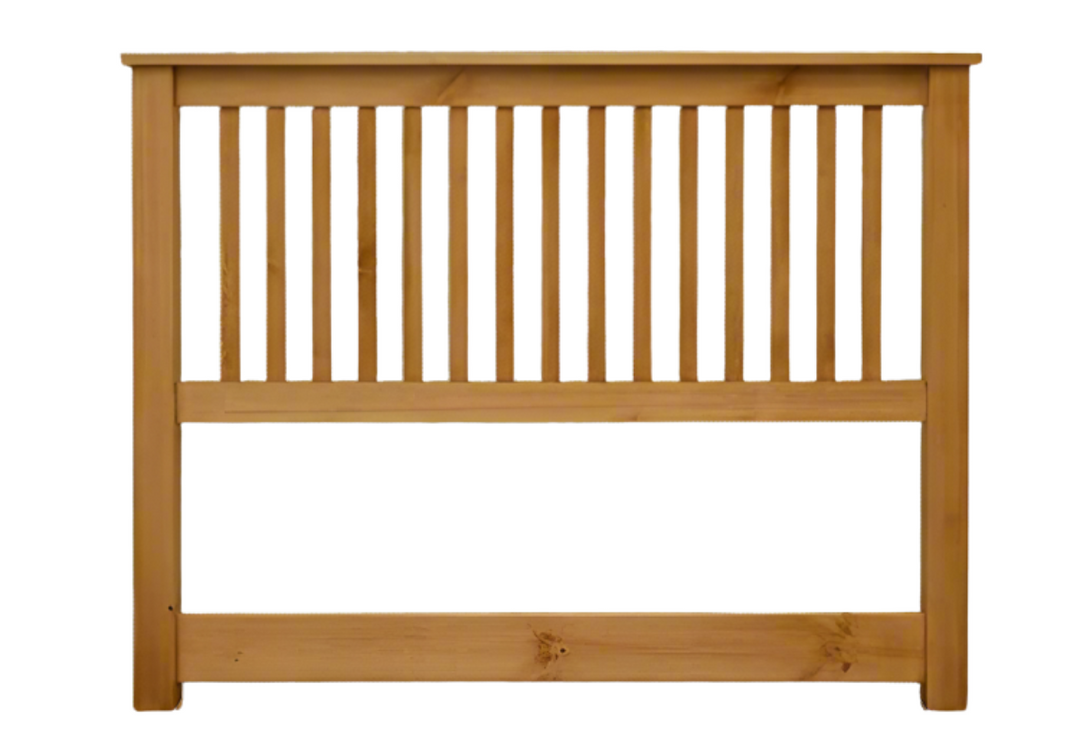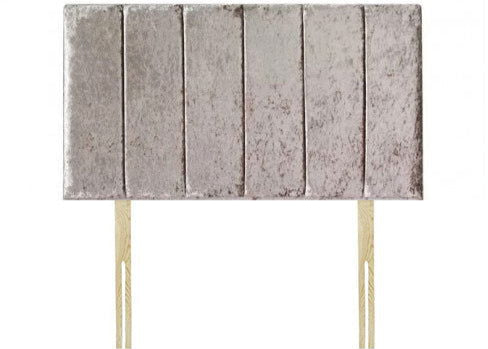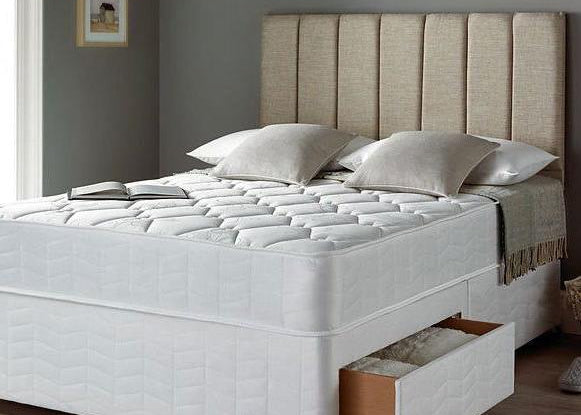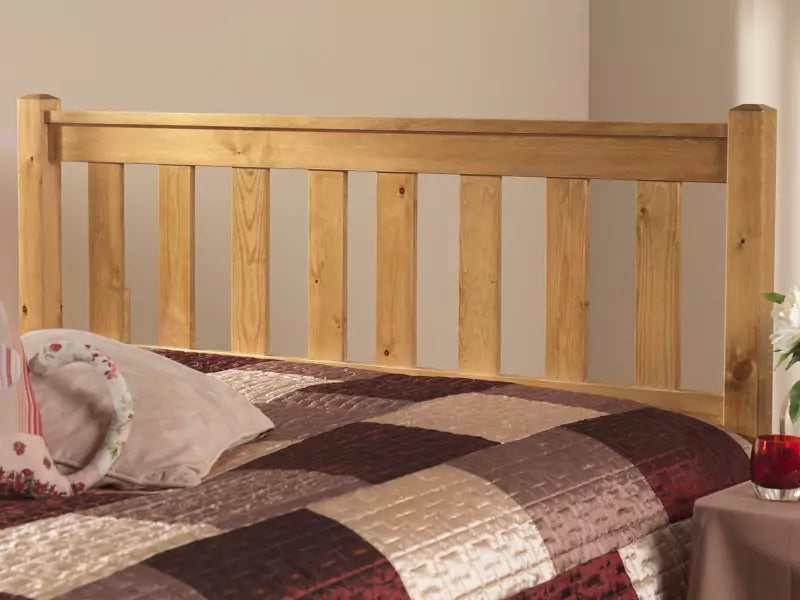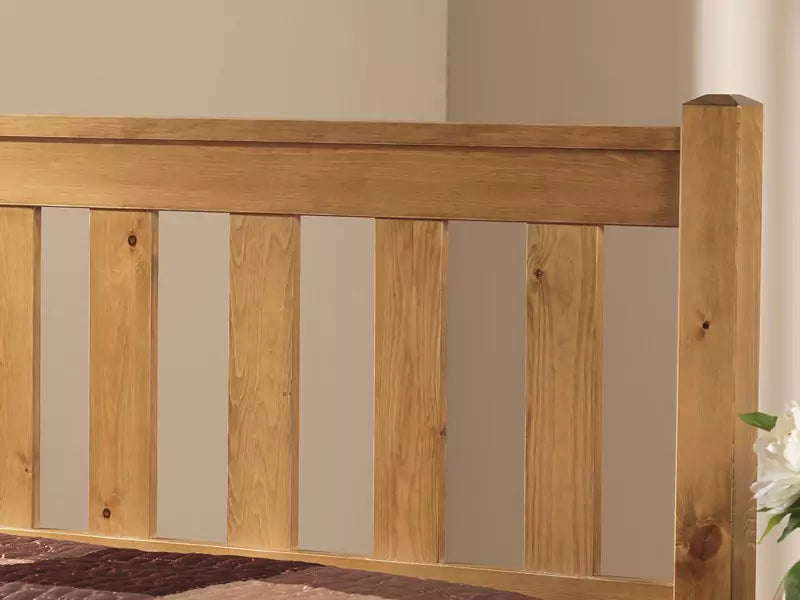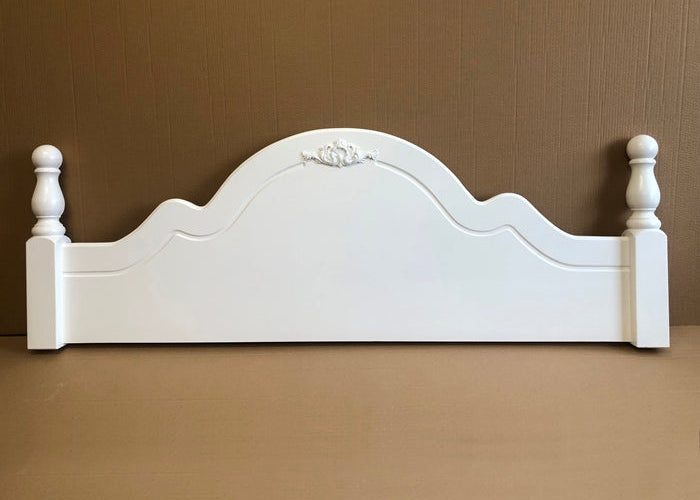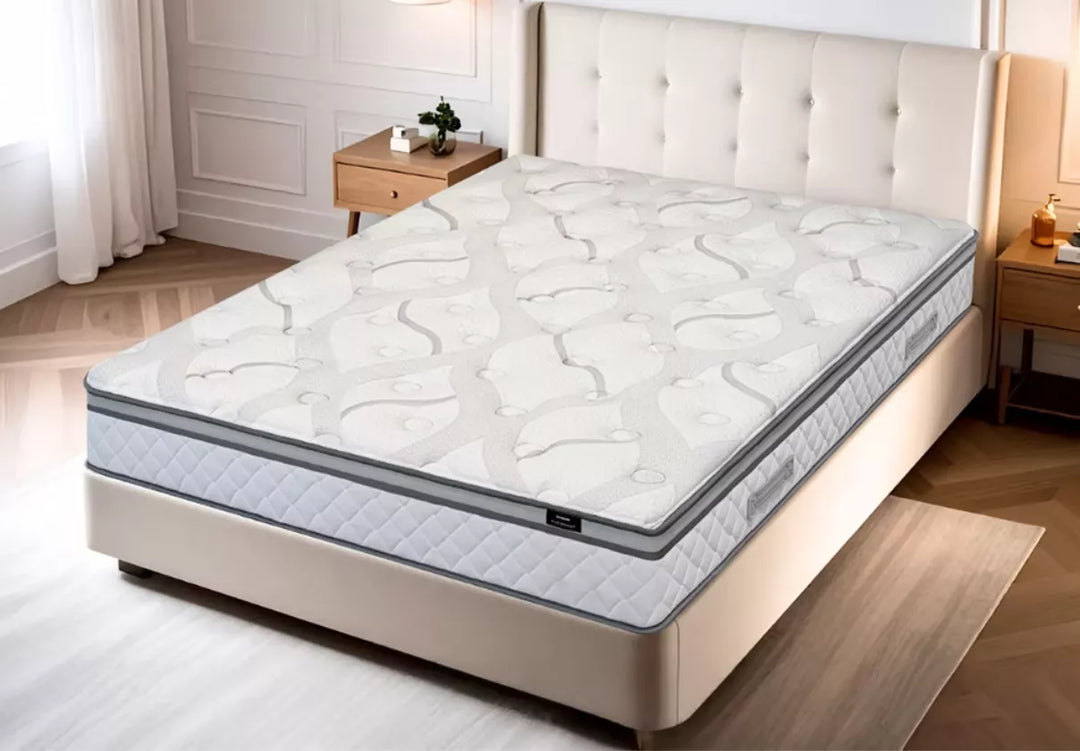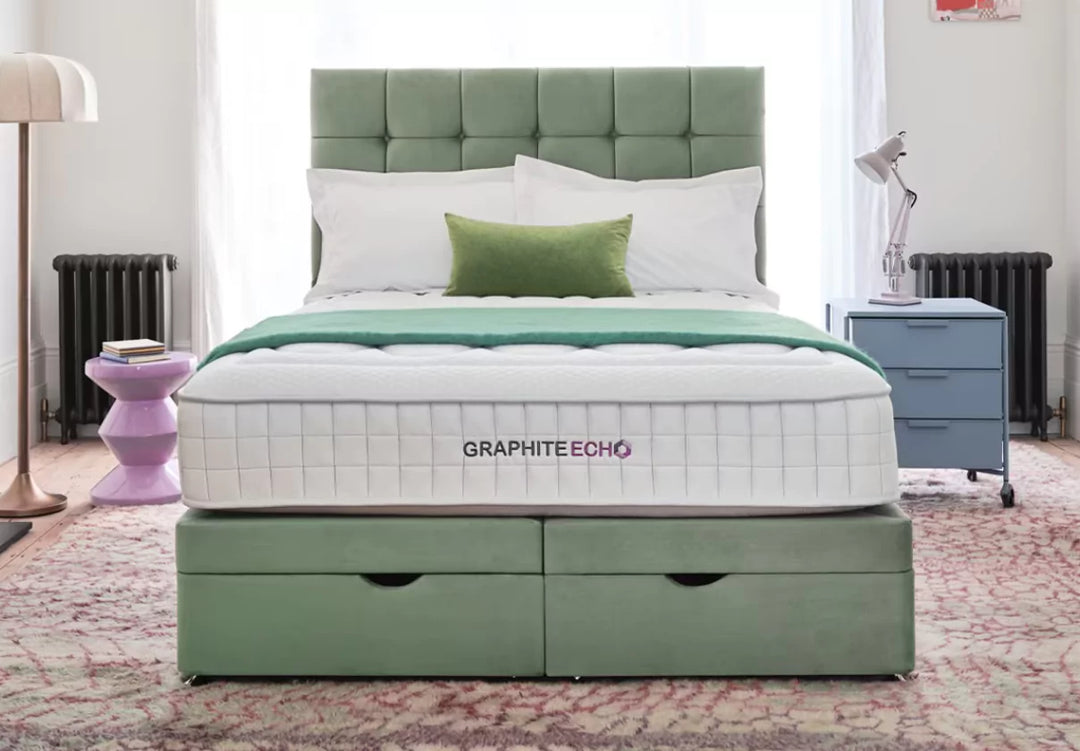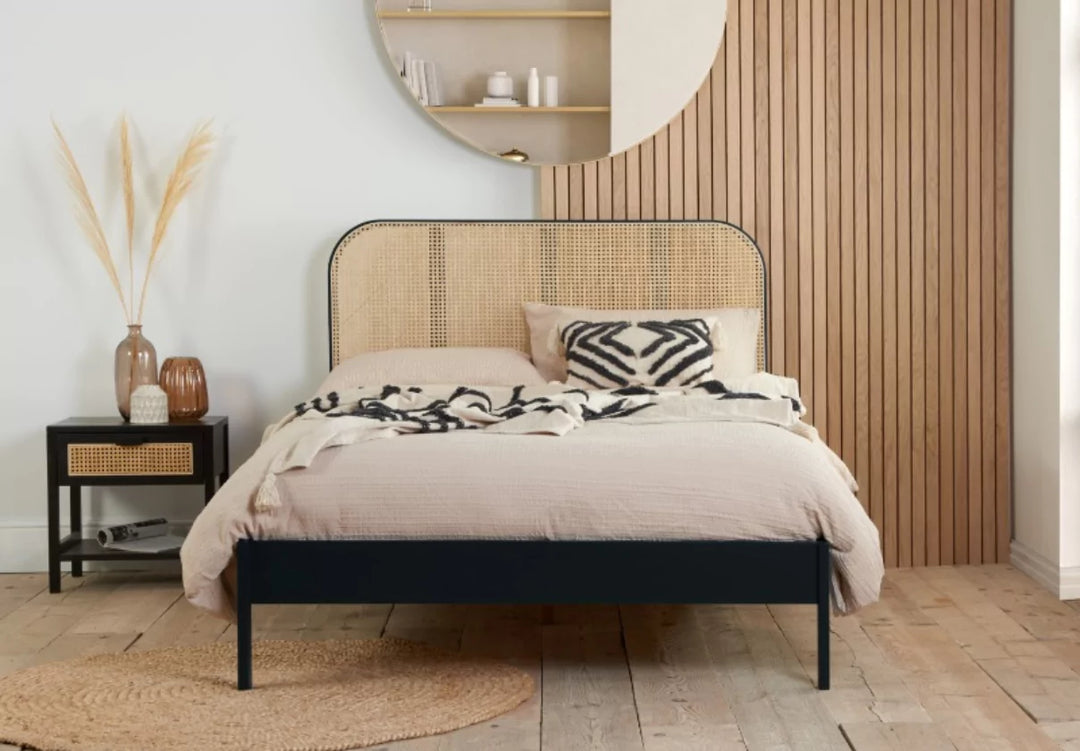
How to Clean a Fabric Headboard
Extend the Life of Your Fabric Headboard with Regular Care
Your fabric headboard is a beautiful addition to your bedroom, adding both style and comfort. Over time, however, it can accumulate dust, stains, and odours. With a few simple cleaning steps, you can restore its beauty and keep it looking fresh for years to come. Here's how to clean your fabric headboard effectively.
Essential Tools for a Fresh, Clean Headboard
Before you begin, gather the necessary supplies:
✔️ Vacuum with upholstery attachment
✔️ Soft cloth or microfibre cloth
✔️ Mild dish soap or fabric upholstery cleaner
✔️ Baking soda (optional for odour removal)
✔️ Water
✔️ Spray bottle (optional)
✔️ Soft-bristled brush
Effortless Vacuuming for a Dust-Free Look
Start by using the upholstery attachment on your vacuum to remove dust, dirt, and loose debris from the surface of the headboard. Gently run the vacuum over the entire fabric, paying attention to seams, crevices, and any decorative elements. Vacuuming regularly helps maintain the headboard's fresh appearance and prevents dust build-up.
Effortless Vacuuming for a Dust-Free Look
For stains or spills, act quickly to prevent permanent damage:
✔️ Mild Dish Soap Method: Mix a small amount of mild dish soap with warm water. Dip a soft cloth into the solution, wring it out, and gently blot the stained area. Avoid rubbing, as this can damage the fabric.
✔️ Fabric Upholstery Cleaner: If the stain persists, use a fabric upholstery cleaner that’s safe for your headboard's material. Always test in a small, inconspicuous area first.
✔️ Drying: After cleaning, use a dry cloth to blot the area and allow it to air dry.

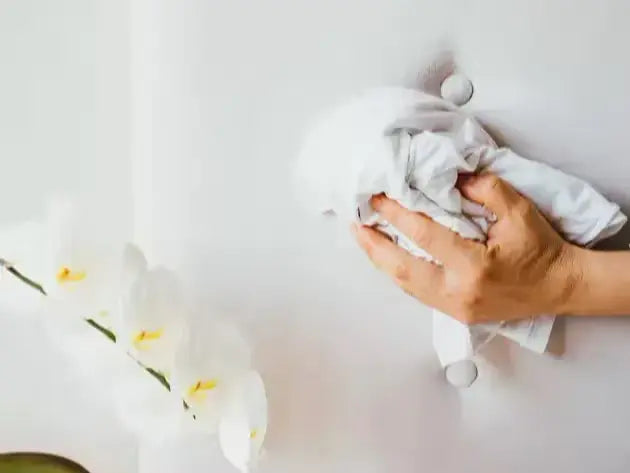
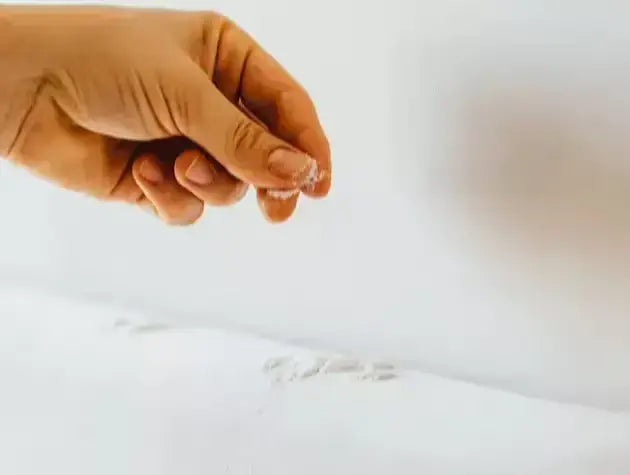
Quick & Easy Stain Removal for a Spotless Finish
For stains or spills, act quickly to prevent permanent damage:
✔️ Mild Dish Soap Method: Mix a small amount of mild dish soap with warm water. Dip a soft cloth into the solution, wring it out, and gently blot the stained area. Avoid rubbing, as this can damage the fabric.
✔️ Fabric Upholstery Cleaner: If the stain persists, use a fabric upholstery cleaner that’s safe for your headboard's material. Always test in a small, inconspicuous area first.
✔️ Drying: After cleaning, use a dry cloth to blot the area and allow it to air dry.
Say Goodbye to Odours with These Simple Tricks
✔️ Baking Soda: Sprinkle a light layer of baking soda over the fabric. Let it sit for 15–30 minutes to absorb any unwanted smells, then vacuum it up. This is an easy and effective way to remove lingering odours.
✔️ Fabric Fresheners: Use a fabric-safe freshening spray (or create your own by mixing water and a few drops of essential oil) to lightly spritz the fabric for a fresh, pleasant scent.
Restore Your Headboard’s Beauty with Professional Cleaning Products
For deeper cleaning or tough stains, consider using a professional fabric upholstery cleaner. These products are formulated to clean without damaging the fabric. Follow the manufacturer’s instructions carefully for best results. If in doubt, consult a professional cleaning service for assistance with delicate or stubborn stains.
Keep Your Headboard Looking New with These Pro Tips
✔️ Avoid Direct Sunlight: Direct sunlight can cause fading. Keep your headboard out of direct light to maintain its colour.
✔️ Regular Vacuuming: Make it a habit to vacuum your headboard every few weeks to prevent dust from settling.
✔️ Use Slipcovers: If you want to protect your headboard from spills or stains, consider using a washable slipcover, especially in high-traffic areas.
Extend the Life of Your Fabric Headboard with Regular Care
Regular maintenance is key to keeping your fabric headboard in top condition. Vacuuming and spot cleaning as needed will prevent the buildup of dirt and grime, while occasional deep cleaning will maintain its beauty. With proper care, your fabric headboard will continue to enhance your bedroom for years.


